
Moscow’s forces are building on gains on three key fronts as Kiev desperately tries to find a response

© RT / RT
The front line in the Ukraine conflict has shifted considerably since early August. Almost seven weeks later, we can draw some interim conclusions by examining the key areas of the front, from north to south.
The Kursk front
On August 6, Ukrainian forces launched an incursion into Russia’s Kursk Region. At first glance, this seemed like just another cross-border raid, similar to many that had gone before; however, it quickly became apparent that this operation was more significant. This time, the Armed Forces of Ukraine (AFU) advanced under their own flag and clearly aimed to repeat the success they had in Kharkov Region in the fall of 2022. The strategy was to break through a relatively weak front (compared to Donbass and Zaporozhye), quickly capture a large area, and force the Russian Army to retreat without a fight.
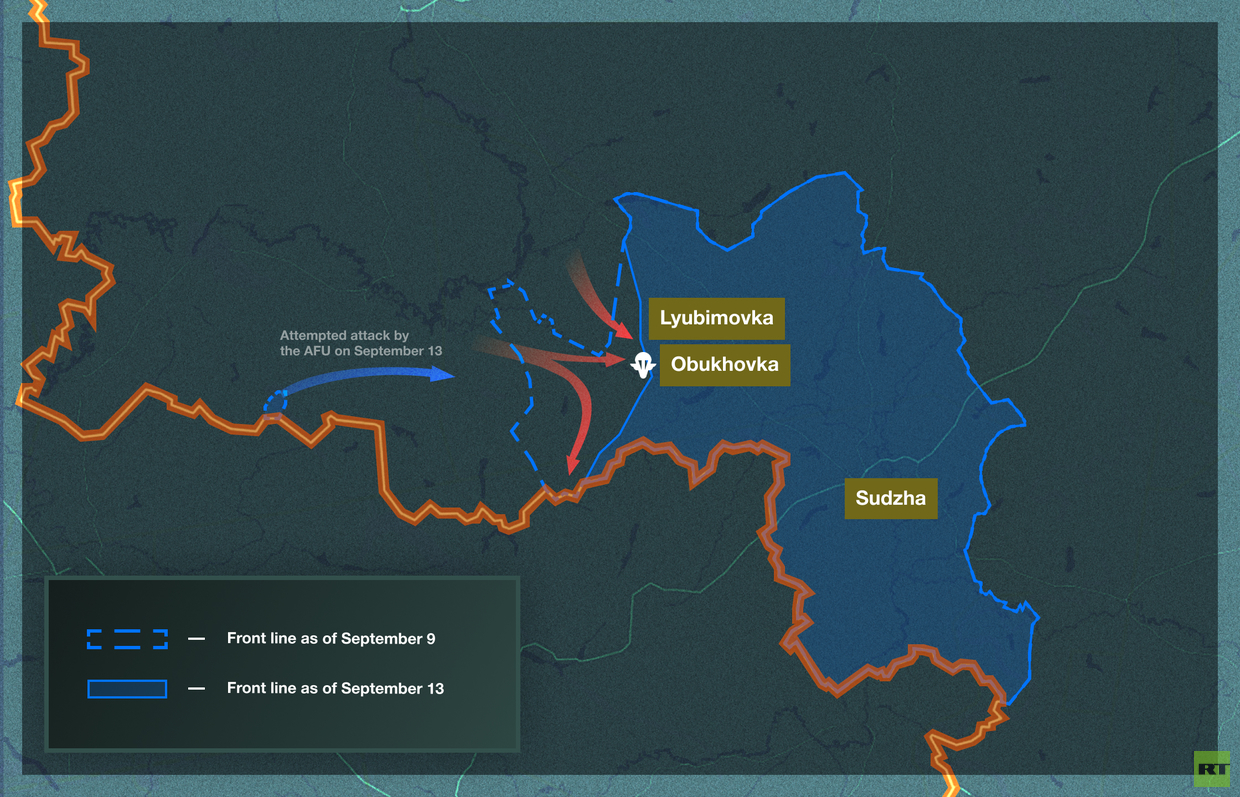

Map information: https://lostarmour.info/map © RT
However, despite initial gains, the offensive soon stalled. The AFU’s biggest success was the capture of the town of Sudzha, with a population of about 5,000. Ukrainian troops also took control of a relatively large but sparsely populated area of around 1,000 sq km. Essentially, Kiev’s only gain from this operation was to extend the front line by about 130km.
Interesting fact: A major pipeline which transports gas to Europe runs through the conflict zone in Kursk Region. However, it continues to operate without interruption.
Throughout September, the AFU attempted to expand its area of control westward to the Glushkovsky district, where a solid defense along the Seim River could be established. Russian forces prevented this and launched counterattacks that didn’t allow Ukrainian forces to bring in heavy military equipment or build defensive structures.
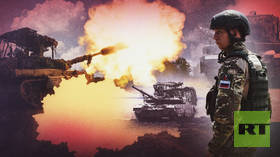

Read more
What’s the current situation? On September 10, we first heard about a possible Russian counteroffensive. Taking advantage of weak spots in the enemy’s formations, Moscow’s forces rapidly advanced and successfully cut off certain Ukrainian strongholds from their supply lines. In two days, the Russian Army liberated 10 settlements and advanced 15km deep along a 25km front – significant progress by the standards of this conflict. In the following days, Russian forces continued advancing to the east, towards Liubimovka and the Sudzha-Korenevo highway.
In fact, this operation is somewhat unusual in the context of positional warfare; it has made use of various strategies such as a covert river crossing for amassing troops, traditional armored column assaults, and airborne units that land in towns occupied by the enemy.
Starting on September 13, the AFU launched a series of cross-border attacks to approach the rear positions of the advancing Russian forces. These have been unsuccessful, although the situation is fluid.
The Pokrovsk area
The slow Russian advance in the Pokrovsk direction began in the winter of 2023 as a continuation of the Avdeevka operation. The primary axis of this offensive was the main railway line – it turned out that it was most practical to advance along this elevated route protected by forest areas. A decisive moment came in April 2024, when the small settlement of Ocheretino was captured. Following this breakthrough, the Russian Army’s advance gained momentum and continued without interruption.


Map information: https://lostarmour.info/map © RT
Interesting fact: From April to September, the Russian Army advanced 25km along a front of the same length (compare this to the Kursk direction).
With the onset of Ukraine’s Kursk operation, the Russian army’s progress on the Pokrovsk front noticeably accelerated, and the experience gained from previous assaults bore fruit. Russia’s “Center” group of forces, which operates in this area, is currently making its best gains since the start of the Russian offensive in February 2022.
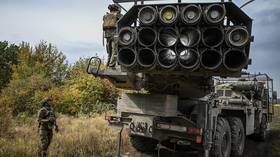

Read more
Attacks are preceded by heavy shelling and airstrikes using guided bombs, before assault forces advance mostly on foot, infiltrating enemy fortifications. Meanwhile, the Russian Army keeps the rear positions of Ukrainian forces under constant surveillance and fire control, complicating their ability to rotate troops and maintain supply lines.
The weakened Ukrainian defense “cracked” in certain areas. For example, at the end of August, Russian troops captured the city of Novogrodovka (pre-conflict population 15,000) almost without a fight, while in different circumstances it could have served as a defensive stronghold for many months.
What’s the current situation? After the disaster in Novogrodovka, Ukrainian troops were redeployed to the Pokrovsk direction, which slowed the Russian advance, though it still exceeded the pace seen in June and July. Fighting is currently taking place on the outskirts of the Pokrovsk-Selidovo urban area, with a population of about 200,000 people. After Slaviansk-Kramatorsk, this is the second-largest urban area in Donbass which is still under the control of the AFU. On the evening of September 17, it was reported that the city of Ukrainsk (population 10,000) had been captured.
Russia’s immediate goal is to capture the city of Selidovo (population 25,000), which unlike Grodovka could not be seized immediately. The Russian Army is now trying to encircle Selidovo by approaching it via the town of Gorniak. Meanwhile, the AFU is carrying out counterattacks along the entire front, but so far with limited success. Generally, if Russian forces seize Pokrovsk before winter, it would be a significant victory and a sign of major challenges faced by the AFU.
Maryinka and Ugledar
In Maryinka (a suburb of Donetsk) and the nearby town of Krasnogorovka, the former Donbass militia units which are now part of the 1st Army Corps of the Russian Armed Forces have been slowly advancing since February 2022. However, the recent success in the nearby Pokrovsk area has “shaken up” the front here as well: in just one month, Russian units have made more progress than in the previous one and a half years. Most importantly, they have finally breached the last remaining section of the ‘old’ front line (dating back to 2014) with its formidable concrete fortifications, which was still under Ukrainian control.
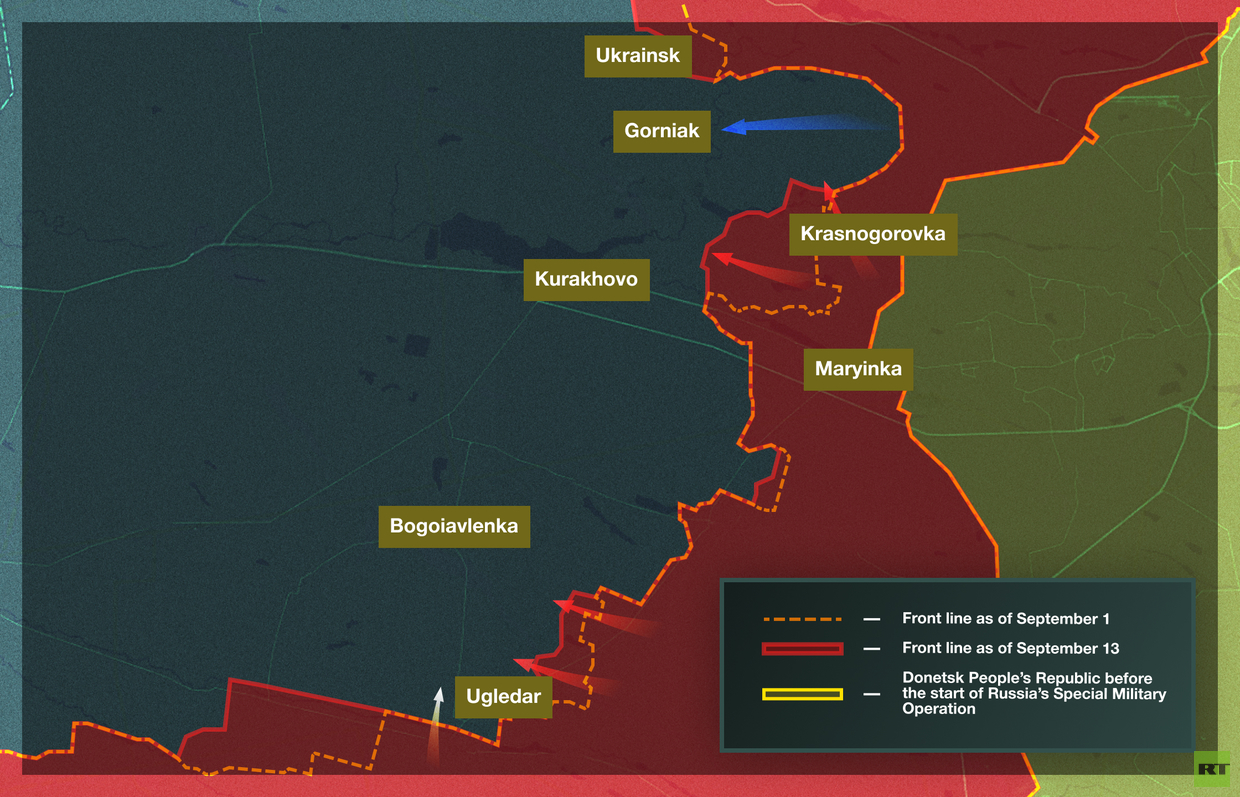

Map information: https://lostarmour.info/map © RT
Further south, at the intersection of the Donetsk and Zaporozhye fronts, lies the mining town of Ugledar, where around 15,000 people lived before the war. Situated on elevated ground, it had been an impenetrable stronghold since the spring of 2022 and had survived multiple assault attempts. However, after the Ukrainian command withdrew its most combat-ready brigades from this area, the situation at this section of the front also changed.
Interesting fact: The key strongholds around Ugledar are situated inside coal mine headframes. These massive concrete structures are over 100 meters (330ft) high; they dominate the surrounding steppe and provide excellent visibility and control over the area.
What’s the current situation? A large area between Krasnogorovka and the Pokrovsk salient is on the verge of being captured by Russian forces. Reports indicate that due to possible encirclement, in the past two days Ukrainian troops have been retreating from strongholds in this area without fighting.
In the past two weeks, Russian troops have partially encircled Ugledar and captured several settlements to the north and west of the city. If they cut off the road to Bogoiavlenka, Ugledar will be encircled.
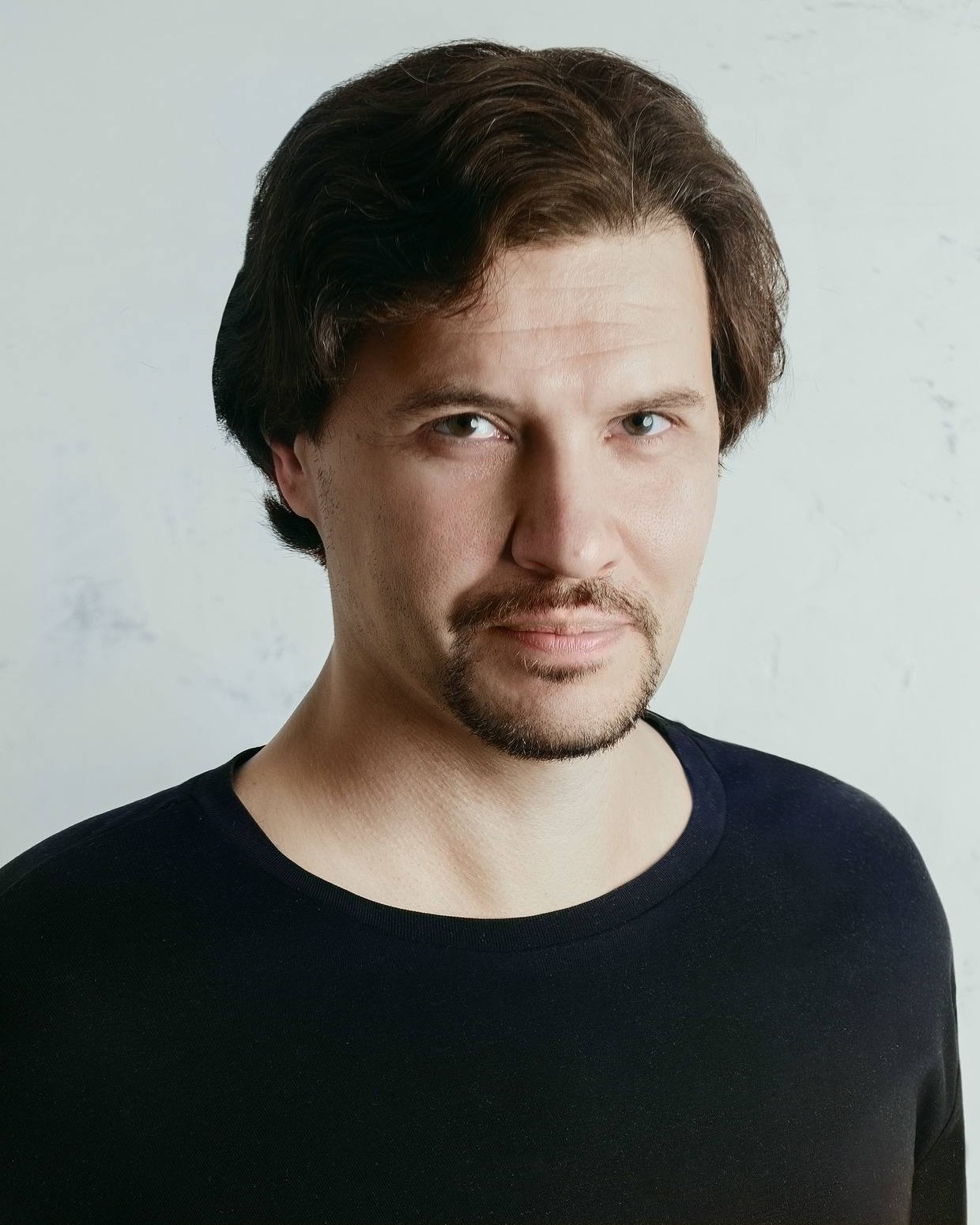
By Sergey Poletaev, information analyst and publicist, co-founder and editor of the Vatfor project.
By Sergey Poletaev, information analyst and publicist, co-founder and editor of the Vatfor project.
Vatfor project